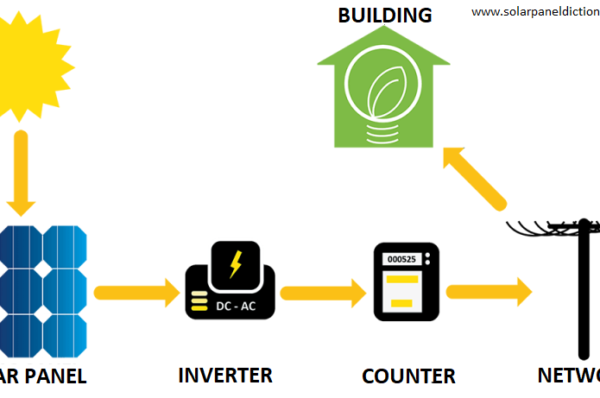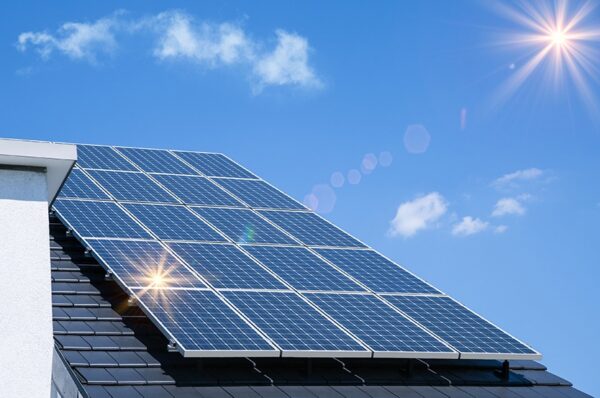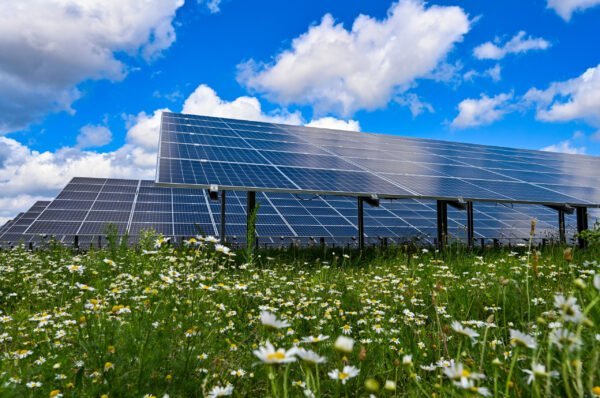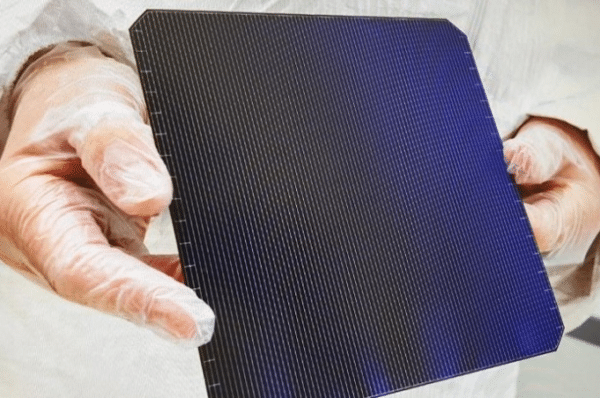Solar Power Working Principle
Solar Working Principle Solar Power Working Principle involves the conversion of energy from the sun into usable electricity through the use of photovoltaic cells, also known as solar cells. These cells are made of silicon and other materials and they are typically grouped together in panels or modules. Solar energy
Solar Panel Quotes
How Is the Solar Panel Price Determined? Solar Panel Quotes depends to Size of the solar panel system, Type of solar panels, Location and orientation of the installation, Necessary equipment and labor and Government incentives and rebates. Size of the solar panel system: A larger solar panel system will typically
Solar Supply
SOLAR SUPPLY Solar supply refers to the production and distribution of solar energy, which is a type of renewable energy generated from the sun’s radiation. The process of generating solar energy involves the use of solar panels, which are typically made of silicon and other materials, that capture the sun’s
What is Geothermal Energy and Examples?
Geothermal energy is a form of renewable energy that is derived from the heat of the Earth’s interior. It can be harnessed through a variety of methods, including the use of geothermal power plants and geothermal heat pumps. Geothermal power plants generate electricity by tapping into the Earth’s internal heat.
The Future of Solar Panel Technology: Journey to Renewable Energy
The Future of Solar Panel Technology: Journey to Renewable Energy As our energy needs continue to grow with each passing day, traditional methods of energy production are being questioned due to environmental issues and the limited resources of fossil fuels. Therefore, interest and investments in renewable sources such as solar
Solar Lease
How to Lease Solar Energy? Solar lease, also known as a power purchase agreement (PPA), is a financial agreement in which a third-party solar company installs, maintains, and owns a solar energy system on a property and the property owner agrees to purchase the electricity generated by the system at
What are Solar Cells made of?
How does a Solar Panel Generate Electricity?
How does a Solar Panel Generate Electricity? Solar panels produce electricity through the photovoltaic (PV) effect. The PV effect occurs when sunlight is absorbed by semiconductor materials, such as silicone, in the solar panel. When the sunlight is absorbed, it causes the electrons in the semiconductor material to become energized
What is Heterojunction?
What is Heterojunction? Heterojunction is a type of junction where two different semiconductor materials are joined together. In a heterojunction, the two materials have different electronic band structures, with one material having a higher energy bandgap than the other. This creates a built-in electric field at the interface between the
How to Increase Solar Cell Efficiency?
Solar Lease
How to Lease Solar Energy? Solar lease, also known as a power purchase agreement (PPA), is a financial agreement in which a third-party solar company installs, maintains, and owns a solar energy system on a property and the property owner agrees to purchase the electricity generated by the system at
Solar Energy Pros and Cons
SOLAR ENERGY PROS AND CONS Solar energy pros and cons include that it is a form of renewable energy that is produced by harnessing the energy from the sun, low maintenance, cost-effective, environmentally friendly, versatile, and independent source of energy as well as creating jobs and increasing property value with










